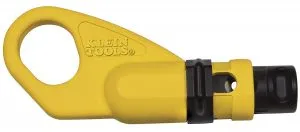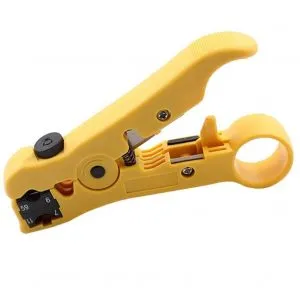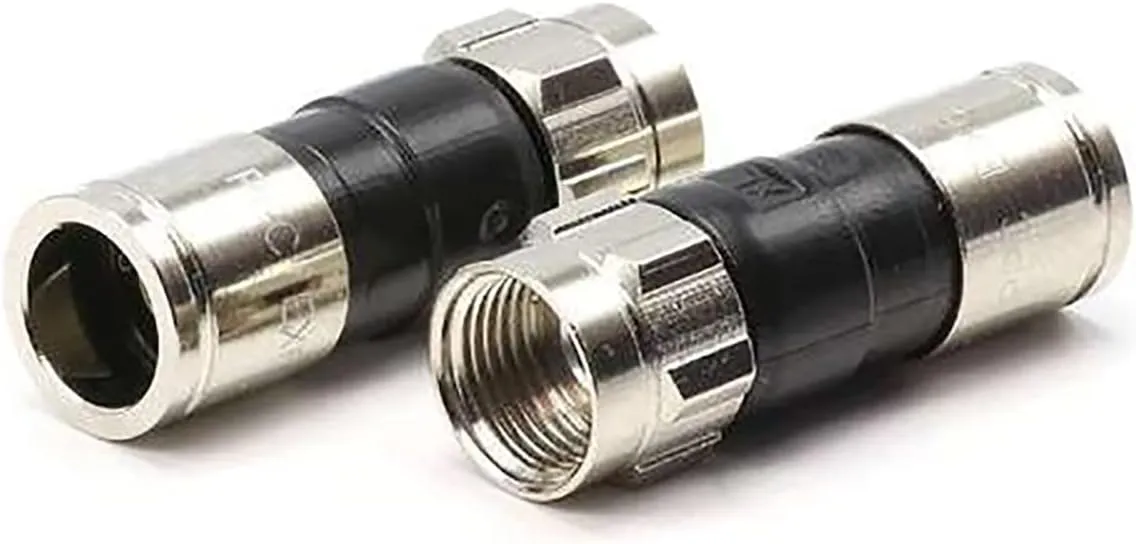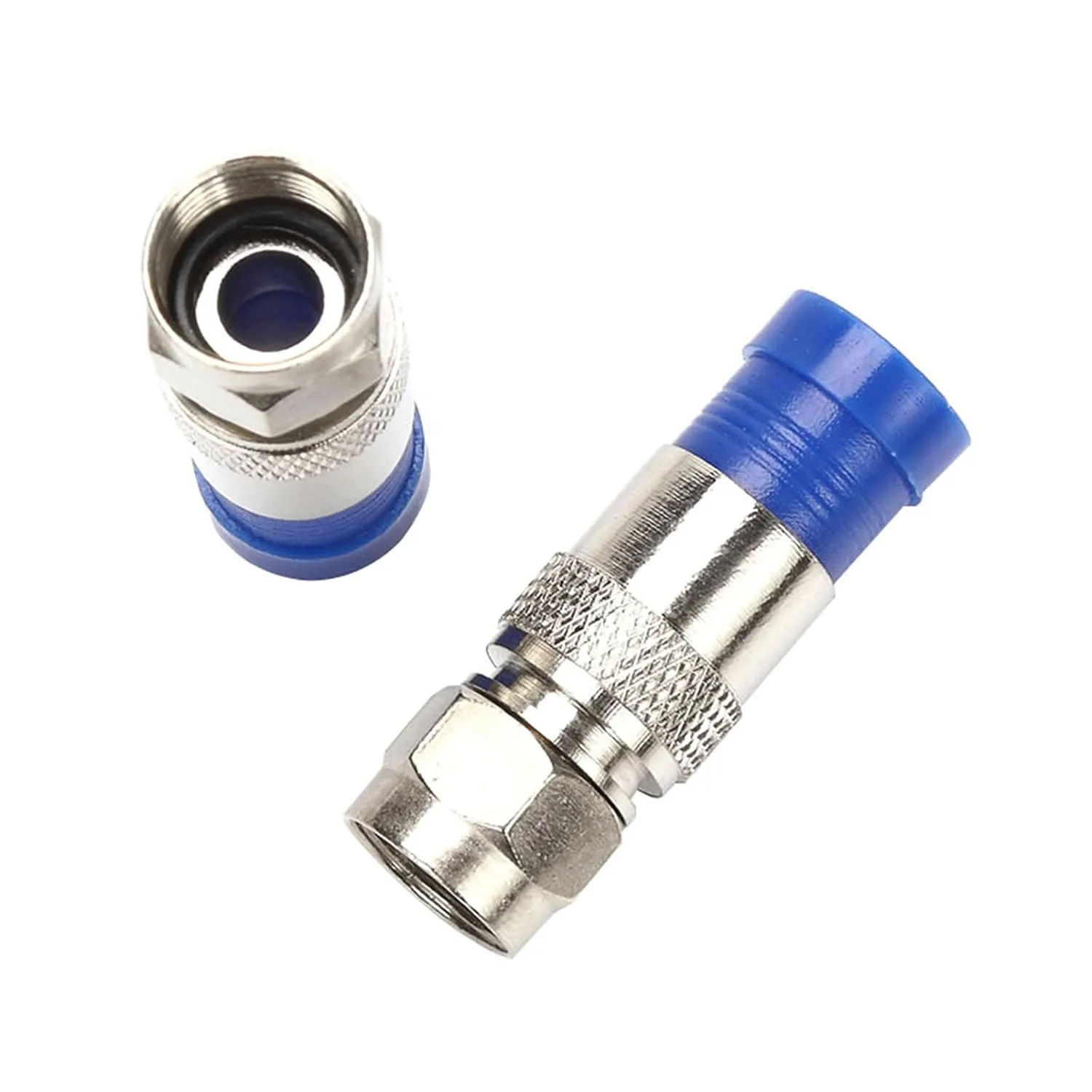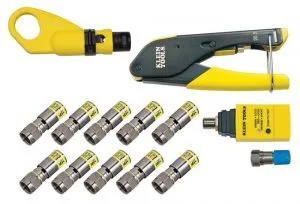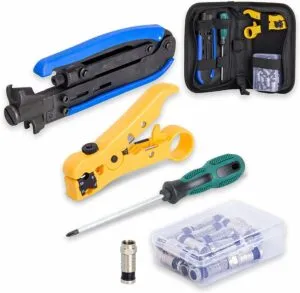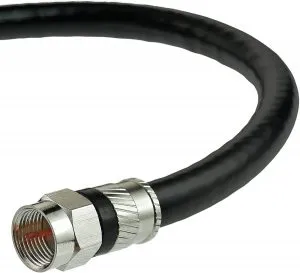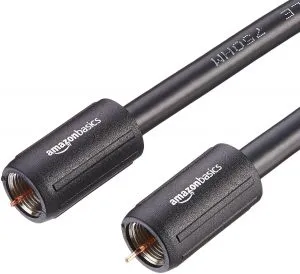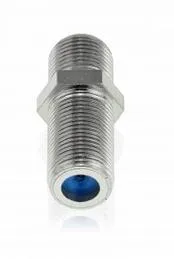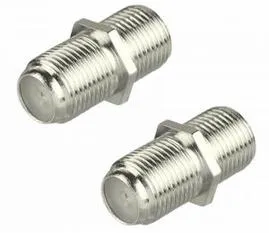How to Splice Coaxial Cable - The Ultimate Guide
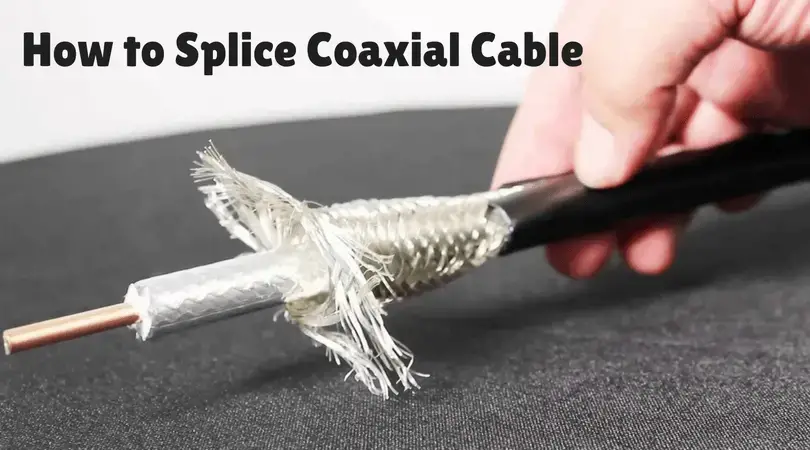
Affiliate Disclaimer
As an affiliate, we may earn a commission from qualifying purchases. We get commissions for purchases made through links on this website from Amazon and other third parties.
In today’s digital age, coaxial cables are indispensable for delivering television, internet, and various data signals to our homes. But as time passes, you may find the need to extend or repair these cables. That’s where knowing ‘How to Splice Coaxial Cable’ becomes invaluable. In this comprehensive guide, we will take you step by step through the process of splicing coaxial cables like a pro. Whether you’re a DIY enthusiast or simply aiming to cut down on repair costs, this article will equip you with all the essential information you need.
Table of Contents
Safety Precautions
Safety always comes first. Before working on any cables, ensure you have turned off the power to all related devices to avoid electrical hazards.Things to do before we start
- What coax cable are you using? (the most common ones for home use are RG6 and RG59.)
- Do you want to use connectors? (It’s okay if you don’t.)
- Will you be lengthening/shortening the coax cable?
Things we need before we start
1. Coax cable stripper
read more about cable splitters by click here
Our Cable Stripper Top Picks
Best Overall
Best Value
2. Coax compression connectors
if you are planning to use connectors.Our Coax compression connectors Top Picks
Best Overall
Best Value
3 Coax compression tool
Again, this is required only if you use connectors. read more about compression tools here.
Our Coax Cable Compression Tools Top Picks
Best Overall
Best Value
4. Additional coax cable
Our Coax Cable Top Picks
Best Overall
Best Value
5. Barrel connector or splice adapter
Our Barrel connector Top Picks
Best Overall
Best Value
6. A knife and a soldering iron
7. Electrical tape
8. Screwdriver
Now that you have all the components ready, it’s time to start splicing coaxial cable. Here we will cover steps for both scenarios: how to splice when using connectors and how to splice when not using connectors.Identify the Coaxial Cable Types
Coaxial cables come in various types, such as RG6 and RG59. It’s crucial to identify the type you are working with, as this will determine the compatibility of connectors and the quality of your signal.
How to splice coax cable using connectors
Step 1: Prepare the Cables
- Before splicing, inspect the cables for any damage. Trim frayed ends and ensure that you have enough slack to work with.
Step 2: Use the coax cable stripper to strip your cable
The stripper can be used for different types of cables, but make sure the one you are getting is compatible with your coax cable.
Put in one of the terminated ends into the stripper, and ensure that the end of the cable meets the guide marked on the stripper tool. This will ensure equal lengths of the coax cable when being spliced.
After the stripping process, you will be able to see the insulation of your coax cable and the wire mesh that covers it. A small part of the copper cable will also be protruding out at the tip.
You don’t need the wire mesh anymore so fold the wires back into the outside casing. Remember not to leave any stray wires as they will severely interfere with the signal quality.
Step 3: Put the coax compression connectors onto the coax cable.
- Put the coax cable compression connector on the insulated part of the coax cable without damaging the copper wire that is protruding at the tip. The copper wire should still be protruding out of the connector.
- Repeat the same with the other end of the coax cable.
Step 4: Use the coax compression tool
- It works with a variety of coax cables. All you have to do is insert the coax cable (with the compression connector) and press hard until the connector crimps to the wire.
- Repeat the same with the other end of the coax cable as well.
Step 5: Use the barrel connector
- Insert each cable into the barrel connector such that the protruding copper wire goes into the female connection ports present on both sides. Make the collar of the cable connector tight onto the barrel connector to complete splicing.
How to splice coaxial cable without connectors
If you want to repair your splice without any commercial equipment, or if you can’t get them at the moment, this part of the article is for you. All you need to splice a coax cable is a sharp knife and a soldering iron! Here’s how you do it:Step 1: Use the knife to strip off the rubber shield of the coax cable
Strip off the rubber shield until a couple of inches. Push the wire mesh as far back (away from the severed ends) as it will go.
Step 2: Cut a little bit of the insulator at the tips to expose the copper wire
Doing this will allow the wire to be overlapped when it is connected.
Step 3: Solder the copper wires together
You can cover the solder with some electric tape as well for further insulation.
Step 4: Pull back the wire mesh towards the tip from both sides
Step 5: Solder the wire mesh to each other
Step 6: Cover up the entire soldered joint with electrical tape for better conductivity.
The electrical tape will also make the whole thing waterproof.
So there you have it! Our ultimate guide to splicing coaxial cable, with and without using connectors. Now that you have read it get splicing!
If you want to get multiple connections from a single coax cable resource, then you can take help of a top-rated cable splitter which does this effortlessly.
Test Your Connection
Reconnect the power to your devices and check your signal strength. Ensure that your TV or modem is receiving a clear signal.Cable Management
Neatly organize and secure the cables to prevent tripping hazards and maintain a clean look.Find more on How to Hide Coaxial Cable.
Conclusion
In conclusion, mastering the art of splicing coaxial cables, especially when it comes to audio, video, or data transmission, is an essential skill. By adhering to the procedures elucidated in this guide on ‘How to Splice Coaxial Cable’ and ensuring you prioritize safety precautions, you can approach coaxial cable splicing with a sense of assurance and competence.FAQs
- Is it safe to splice coaxial cables myself?
Splicing coaxial cables is safe as long as you follow safety guidelines and take necessary precautions.
- Can I use regular electrical tape for
insulation?
It’s recommended to use high-quality electrical tape designed for cable applications to ensure proper insulation.
- What do I do if I accidentally cut the inner
conductor?
If the inner conductor is damaged, it’s best to replace the cable rather than attempting repairs.
- How do I know if my splice is successful?
Test the splice by checking for a clear and stable signal on your connected device.
- Are there any specific maintenance routines for spliced
cables?
Regularly inspect the splice for any signs of wear or damage and replace components as needed.
Now that you’ve learned how to splice coaxial cables, you can confidently tackle this task when needed. Remember to prioritize safety and follow the steps carefully to ensure a successful splice.
How to Splice Coaxial Cable - The Ultimate Guide
About the author

Written by
Robert Mills
My name is Robert Mills. If you want a high-speed internet or cable TV connection in your multiple devices like monitors, TVs, media players, consoles, etc. from a single coaxial signal, then you can get it done with the help of a coax splitter.
Comments (2)
WC4N
March 12, 2019
Thanks, was just needing to repair a coax squirrel worked on. works good.
wasid
October 29, 2021
Nice post
Robert Mills
August 1, 2022
Thank You, Wasid.
